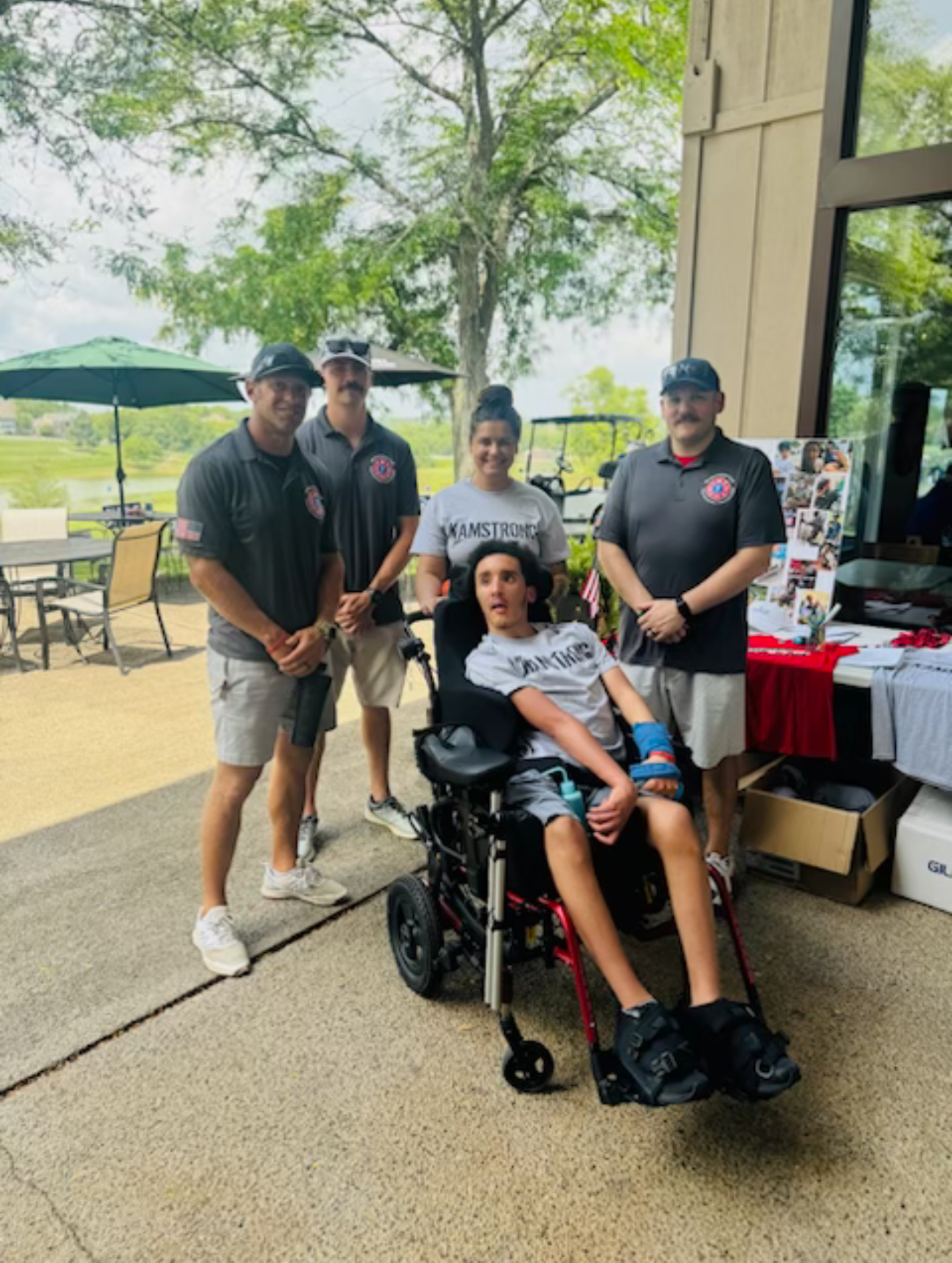Health and Mind: Food safety for people with diabetes
Published 3:30 pm Tuesday, August 8, 2023
|
Getting your Trinity Audio player ready...
|
By Amy Williams
Clark County Health Department
Suppose a person has been diagnosed with diabetes. In that case, foodborne illnesses can be severe or even fatal, so you need to practice safe food handling to reduce your risk of getting sick from contaminated foods.
Trending
Four basic steps to food safety
Clean
• Wash hands in warm soapy water before handling food.
• Wash cutting boards, dishes, utensils, and countertops between preparing meats and foods that will not be cooked.
• Use paper towels to clean kitchen surfaces.
• Wash and rinse fruits and vegetables.
Trending
• Clean lids of canned goods before opening.
Separate
• Separate meats and eggs from other foods in grocery cart, bags and your refrigerator.
• Never place cooked meat on a plate that held raw meat.
• Don’t reuse marinades used on raw foods.
• Consider using one cutting board only for raw meats and another for bread, fruits, vegetables and cooked meat.
Cook
• Use a food thermometer to measure the internal temperature of cooked foods.
• Cook all meat to safe minimum internal temperatures:
• Beef, pork, veal, lamb, steaks, roasts& chops – 145 degrees with 3-minute rest
• Fish – 145 degrees
• Ground beef, lamb, pork & veal – 160 degrees
• Egg dishes – 160 degrees
• Whole or ground turkey, chicken & duck – 165 degrees
• Bring sauces, soups, & gravy to a boil when reheating.
• Reheat hot dogs, luncheon meats, bologna, & other deli meats until steaming.
• Cover food, stir, and rotate for even cooking when cooking in a microwave.
Chill
• Refrigerate or freeze meats, eggs, seafood, and other perishables within two hours of cooking or purchasing/one hour if outside temperature is above 90 degrees.
• Never thaw food at room temperature, such as countertop.
Foodborne illness action plan
People with diabetes who experience vomiting and diarrhea can develop serious problems and may need to seek medical attention. If you suspect that you have a foodborne illness, follow these general guidelines.
Immediately contact your healthcare provider if you develop symptoms or think you are at risk:
• You cannot keep liquids down for more than four hours.
• You have vomiting for diarrhea for more than six hours.
• Your blood sugar stays over 300 or under 70.
• You have not eaten normally for more than 24 hours.
• You have a fever over 100.4 degrees.
• You have trouble breathing.
• You cannot stay awake or think clearly.
• Preserve the food by wrapping it securely, label it with “danger,” and freeze it.
• Save all packaging materials such as cans or cartoons.
• Write down the food type, date and time consumed and when symptoms occurred.
• Call your local health department.
If the suspect food is a USDA-inspected meat, poultry, or egg product, call the USDA Meat and Poultry Hotline, 1-888-MPHotline (1-888-674-6854). For all other foods, call FDA office of Emergency Operations at 1-866-300-4374 or 301-796-8240.
Call to enroll in our next Healthy Living with Diabetes Class, in-person at the 400 Professional Avenue, lower-level parking lot. It is a four-week, two-hour, once-per-week series, Sept. 12, 19, 26 and Oct. 3, meeting every Tuesday morning from 10:00 am until 12:00 pm. Registration required; call Amy Williams, MS, RD, LD, LDE, at 859-744-4482, ext. 1028, or email at amy.williams@cchdkyorg.
Information adapted from this article was taken from the U.S. Department of Agriculture Food Safety and Inspection Service and the U.S. Department of Health and Human Services Food and Drug Administration materials.






